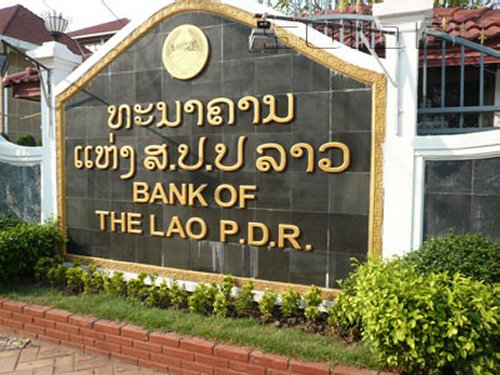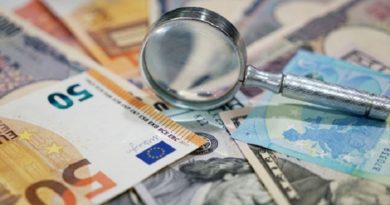Laos Central Bank Eyes Cooperation With Neighboring Countries
Source: INQ
The Bank of the Lao PDR (BOL) will enhance bilateral banking cooperation with the central banks of China, Cambodia, Vietnam and Thailand to ensure better management of payments in foreign currencies at international checkpoints.
A senior official at the central bank explained the situation in response to questions raised by members of parliament at the ongoing 4th ordinary session of the National Assembly’s 8th Legislature.
Assembly members wanted to know how BOL was tackling the unauthorised use of foreign currencies at international border crossings, saying this would negatively impact inflation and other monetary issues.
BOL Deputy Governor Ms Vattana Dalaloy said the central bank was collaborating with the central banks of China, Cambodia, Vietnam and Thailand to discuss payments made in foreign currencies at borders.
“We are also engaged in bilateral cooperation with each other in the field of money transmission or cash circulation at borders,” she added.
Ms Vattana also said the central bank plans to cooperate with various commercial banks in Laos in a bid to open more currency exchange units at international border crossings.
BOL, on behalf of the government, will do more to enforce the Law on the Management of Foreign Exchange as well as encouraging payments via banking systems, especially within the public sector.
In addition, the central bank and the Ministry of Finance are hoping to obtain funding of over 400 billion kip for small and medium enterprises (SMEs) in 2018 as part of government efforts to ensure the success of the national socio-economic development plan.
Foreign investment increased by an average of US$406.5 million per quarter this year but most of this has not yet been transferred to Laos.
So far, only the equipment needed for foreign-owned projects has been brought into Laos as these items cannot be produced in-country, according to the central bank.
The value of the kip saw an average drop of 1.18 percent against the US dollar but a 0.88 percent rise against the Thai baht over the course of 2017.
At present the value of the kip stands at 8,287 kip per US dollar when buying and 8,324 kip when selling, while one baht buys 251.47 kip and sells for 253.36 kip.
The kip exchange rate is set by the central bank against a basket of currencies, reflecting the movement of the US dollar against the baht and other currencies.



